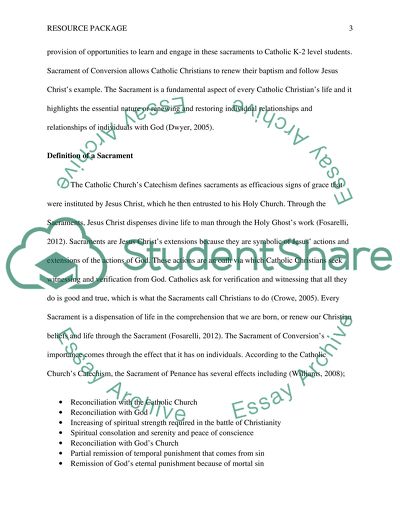Cite this document
(“Religious Education Resource Package Speech or Presentation”, n.d.)
Retrieved from https://studentshare.org/religion-and-theology/1487605-religious-education-resource-package
Retrieved from https://studentshare.org/religion-and-theology/1487605-religious-education-resource-package
(Religious Education Resource Package Speech or Presentation)
https://studentshare.org/religion-and-theology/1487605-religious-education-resource-package.
https://studentshare.org/religion-and-theology/1487605-religious-education-resource-package.
“Religious Education Resource Package Speech or Presentation”, n.d. https://studentshare.org/religion-and-theology/1487605-religious-education-resource-package.


